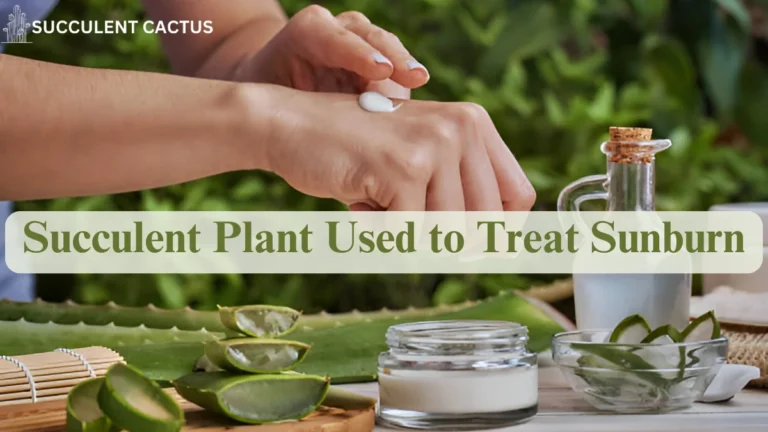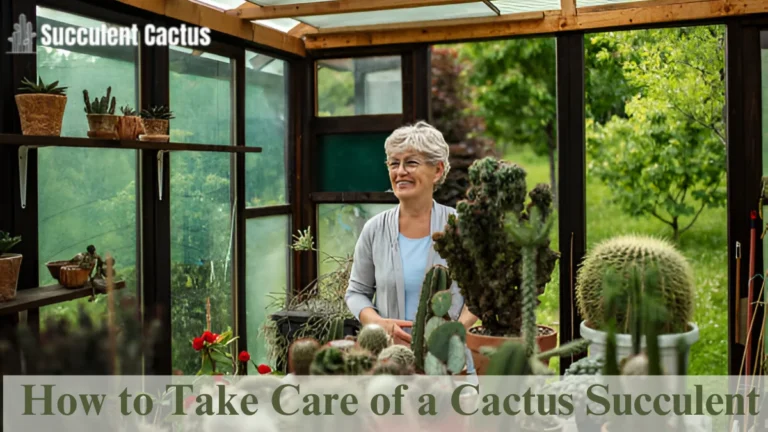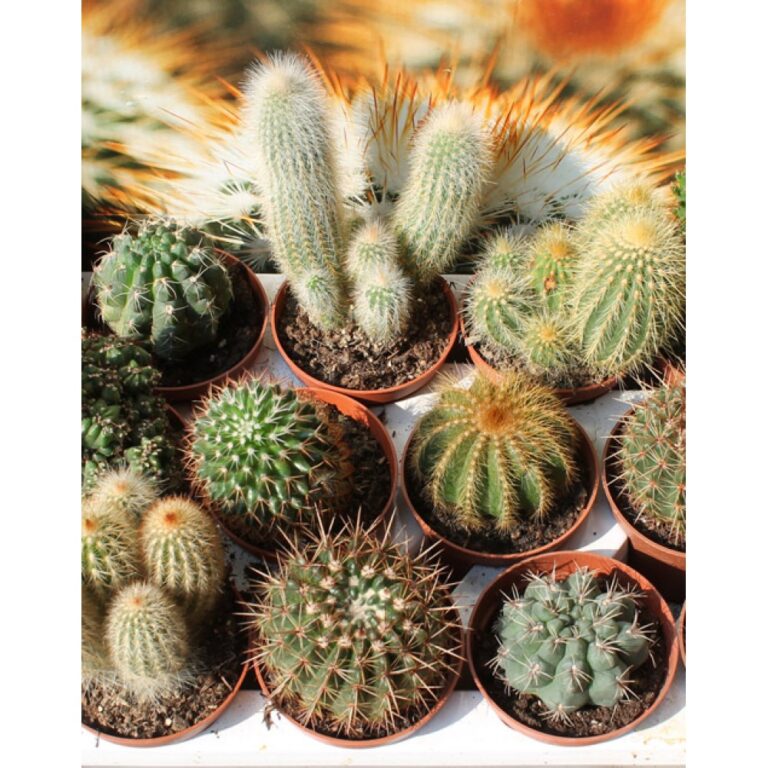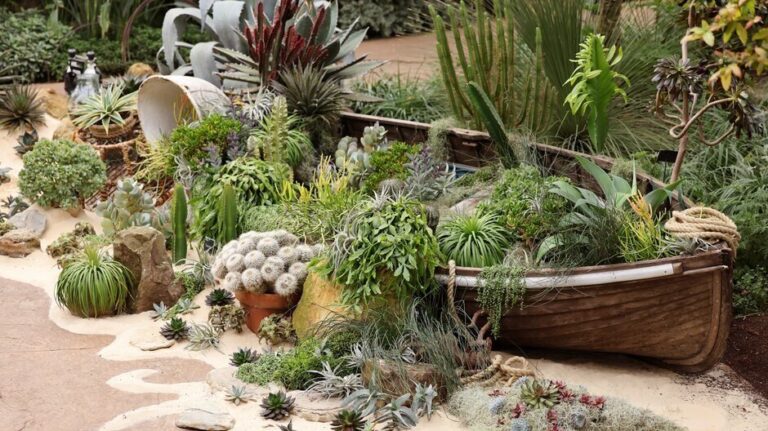Potting Mix for Succulent Plants: Best Soil for Healthy Succulents
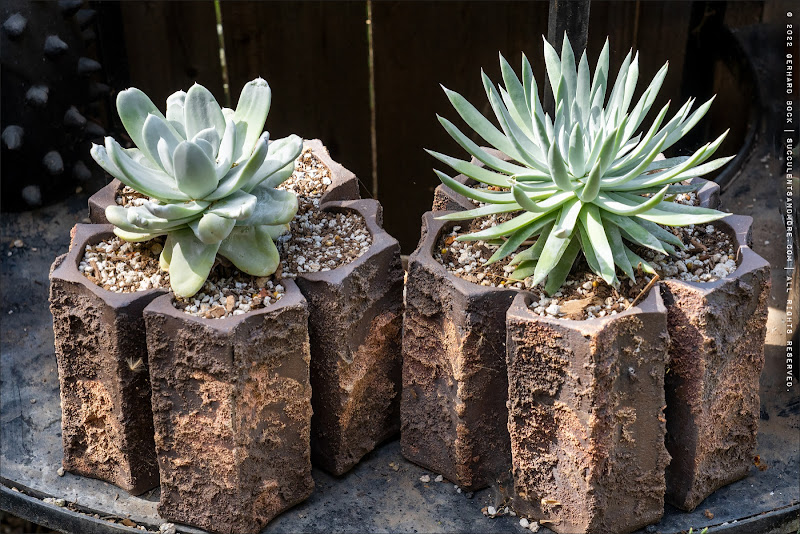
Succulents are beloved for their unique appearance, minimal care needs, and ability to thrive in a variety of environments. However, one essential factor that often determines their success is the type of potting mix for succulent plants. The right soil ensures that these drought-tolerant beauties can grow strong roots, retain enough moisture, and avoid common problems such as root rot.
In this article, we will explore what makes the best potting mix for succulent plants, how to create your own mix at home, and offer tips for choosing the ideal soil for healthy, thriving succulents.
Why the Right Potting Mix for Succulent Plants Matters
Succulents may be low-maintenance, but they do have specific soil needs. The potting mix for succulent plants is crucial to ensure they have good drainage, root space, and moisture control. Here’s why choosing the right soil matters:
- Drainage: Succulents don’t like standing water, so a soil mix that allows water to flow through quickly is essential.
- Root Health: Good soil allows for proper air circulation around the roots, preventing rot and promoting healthy growth.
- Moisture Retention: While succulents are drought-tolerant, they still need a bit of moisture in their soil to thrive. The right potting mix holds moisture without becoming waterlogged.
- Nutrient Balance: Succulent soil should have the right balance of nutrients for optimal growth without encouraging excessive growth that can lead to weak, leggy plants.
Best Ingredients for Potting Mix for Succulent Plants
When selecting a potting mix for succulent plants, it’s important to ensure the mix contains ingredients that promote proper drainage, aeration, and water retention. Here are some of the best ingredients for creating your own potting mix:
1. Cactus or Succulent Potting Soil
This pre-made mix is often the best option for succulents, as it is specifically formulated to meet their unique needs. It typically contains sand, perlite, and peat, which provide the ideal combination of drainage, aeration, and moisture retention.
2. Sand
Sand is essential in creating a well-draining potting mix. It helps improve drainage and prevent the soil from becoming too compacted, which can lead to root rot. Use coarse sand rather than fine sand to avoid clogging the soil.
3. Perlite
Perlite is a lightweight, porous material that helps with drainage and aeration. It allows water to flow freely through the soil, preventing it from becoming waterlogged. Perlite is essential for creating a potting mix for succulent plants that promotes healthy root growth.
4. Pumice
Pumice is a volcanic rock that is often used in succulent mixes for its ability to retain moisture while providing excellent drainage. It also helps with aeration and root expansion, making it a perfect addition to your potting mix for succulent plants.
5. Orchid Bark
Orchid bark, also known as fir bark, helps improve the structure of your soil and provides additional aeration. It prevents the soil from becoming too dense and promotes healthy root growth.
6. Coconut Coir
Coconut coir is a sustainable alternative to peat moss that helps retain moisture without becoming waterlogged. It also adds organic matter to your soil, which can improve the overall structure and fertility of your potting mix for succulent plants.
How to Create Your Own Potting Mix for Succulent Plants
If you prefer a DIY approach, creating your own potting mix for succulent plants is simple and cost-effective. Here’s a basic recipe to get you started:
Ingredients:
- 2 parts cactus or succulent potting soil
- 1 part sand (coarse or horticultural sand)
- 1 part perlite or pumice
- Optional: 1 part orchid bark for additional aeration
Instructions:
- Combine the cactus or succulent potting soil with sand and perlite in a large mixing container.
- Add orchid bark (optional) if you want to further improve the soil’s structure and aeration.
- Mix the ingredients thoroughly to ensure even distribution of materials.
- Test the soil by adding water to see how quickly it drains. If the soil retains too much water, add more perlite or sand to improve drainage.
- Store your mix in a dry, sealed container until you’re ready to pot your succulents.
This mixture will provide the ideal environment for your succulents to thrive, offering excellent drainage while still retaining enough moisture to keep the plants healthy.
Top Pre-Made Potting Mixes for Succulent Plants
If you don’t want to create your own mix, there are plenty of high-quality pre-made potting mixes for succulent plants available at garden centers. Here are some top recommendations:
1. Miracle-Gro Cactus, Palm & Citrus Potting Mix
This pre-made potting mix is a great choice for succulents, providing excellent drainage and aeration. It is designed for cactus, palm, and citrus plants, all of which share similar soil requirements to succulents.
2. FoxFarm Ocean Forest Potting Soil
This popular mix is rich in organic matter, which can help promote strong, healthy roots. It also drains well and has a light, airy texture that is perfect for succulents.
3. The Home Depot Premium Cactus and Succulent Potting Mix
This affordable pre-made mix contains a blend of sand, perlite, and peat, providing excellent drainage and moisture control for succulents.
How to Repot Succulent Plants with the Right Potting Mix
Repotting your succulent plants is an important part of their care. When repotting, it’s essential to use the right potting mix for succulent plants to ensure that your plant continues to thrive. Here are the steps for repotting succulents:
1. Choose the Right Pot
Select a pot that is slightly larger than the current one, with drainage holes at the bottom. Succulents need a pot that allows excess water to escape to prevent root rot.
2. Remove the Plant from the Old Pot
Gently remove the succulent from its current pot by tapping the sides to loosen the roots. Be careful not to damage the roots while removing the plant.
3. Add Fresh Potting Mix
Place a layer of potting mix for succulent plants at the bottom of the new pot. Position your succulent in the center and fill in around the roots with more soil.
4. Water Lightly
Water the succulent lightly after repotting, ensuring the soil is moist but not soaked. Succulents prefer to dry out between waterings, so be careful not to overwater.
Signs You Need to Change Your Succulent’s Potting Mix
Over time, the quality of your potting mix for succulent plants may degrade, especially if it’s used for multiple seasons. Here are some signs that it’s time to change the soil:
- The Soil Drains Slowly: If your succulent’s potting mix is retaining too much water and not draining properly, it’s time for a fresh mix.
- Compaction: Over time, soil can become compacted, which reduces its ability to provide oxygen to the roots.
- Pests or Mold: If you notice pests or mold in the soil, it’s best to replace it entirely to avoid infecting your plant.
- Nutrient Deficiency: If your succulent isn’t growing as well as it should, it could be a sign that the soil is depleted of essential nutrients.
Conclusion
The right potting mix for succulent plants is crucial to their health and growth. Whether you’re creating your own mix or choosing a pre-made option, ensuring that your succulents have well-draining, nutrient-rich soil will lead to thriving, beautiful plants. By following the tips and advice in this guide, you’ll be able to select and care for the perfect soil mix for your succulents, helping them grow strong and healthy for years to come.


